21 août 2012
Bonhams New York announces Himalayan, Indian & Southeast Asian sale in September
Notes; The treatment of the robe is unusual in that it does not follow the classic tradition of the 'full cape' that is known to have originated from the Indian Gupta (5th/6th century). Here the robe is arranged that leaves the right shoulder bare in a style that is more familiar in the 6th-8th century Sri Lankan Buddhas and earlier Amravati (2nd/3rd century) figures. However they favored robes delineated with parallel lines of fine pleats and figures with broad shoulders and smaller heads. The Mon Dvaravati style introduced a smooth diaphanous treatment of the robe, almost invisible across the androgynous body, and more balanced proportions of the whole figure. As noted by Jean Boisselier in The Heritage of Thai Sculpture, 1975, p. 73, "The school of Dvaravati may stand alongside the great Buddhist artistic traditions of India, so enduring were its innovations and so persuasive its influence on most of the art of Southeast Asia."
In comparison with the large Mon Dvaravati standing Buddha in the Metropolitan Museum of Art, (59.149), they both share the same facial shape, thick head of knotted hair and slender sensuous line of the torso. However, the Eilenberg Buddha has lower, more relaxed shoulders falling from a slender neck that provides a more natural and free-flowing line. Another closely related example is in the National Museum, Bangkok (see Sculpture of Thailand, Theodore Bowie ed., Asian Society, New York, 1972, no.5).
The Eilenberg Buddha is the most important Mon Dvaravati sculpture to have appeared in the market recent years and it could be argued that it is the finest example of its type still in private hands.
Provenance: Natasha Eilenberg Collection, 1969
Samuel and Natasha Eilenberg Collection
Acquired by the above in the 1950s and 60s
Natasha Eilenberg (1919-2012).
Natasha was an outstanding independent scholar of the art and culture of India and Southeast Asia. She produced a number of important publications based on her own research, as well as, translations from the French of Jean Boisselier, one of the twentieth century's most influential historians of Khmer art.
Natasha came to the U.S.A. in 1946 where her travel experience led her to open a travel agency that she sold in 1967. During this time Natasha married Samuel Eilenberg, a mathematics professor at Columbia University. The marriage ended in a divorce and it was during this period that she began to study the art of India and Southeast Asia.
She began to travel to Paris to attend lectures at the Sorbonne and became a student of professor Jean Boisselier. Natasha developed a close professional and personal relationship with another famous Sorbonne art historian, professor Madeleine Giteau who worked on the Khmer art of Cambodia, Thailand and Vietnam. Khmer art became Natasha's scholarly focus.
Her close relationship with professor Boisselier and the familiarity with his often complex scholarship led her to produce two English translations of his publications. She published in 1989 a translation of Boisselier's Tendances de l'art khmer (Trends in Khmer Art), published by Cornell University's Southeast Asia Program which quickly sold out. In 2008 Natasha published a volume of edited and translated articles by Boisselier titled Studies on the Art of Ancient Cambodia: Ten Articles by Jean Boisselier, published by Reyum in Phnom Penh. Besides these two long translations, the great respect she had for Boisselier inspired yet another publication in 1997, a volume of essays with over 40 contributions from scholars from around the world, which was a birthday present for Boisselier on his 80th Birthday (Living a Life in Accord with Dhamma: Papers in Honor of Professor Jean Boisselier, published by Silpakorn University in Bangkok), for which she was both an editor and a contributor. She published as well articles on the Jain art of India and Cham art of Vietnam, and was a consultant for The Wisdom of the Buddha published by Harry N. Abrams in 1994.
For Natasha the art object was always given primacy, and she was renowned for her curatorial eye. Her influence went well beyond her publications as she gave opinions on quality and authenticity of Southeast Asian art.
In comparison with the large Mon Dvaravati standing Buddha in the Metropolitan Museum of Art, (59.149), they both share the same facial shape, thick head of knotted hair and slender sensuous line of the torso. However, the Eilenberg Buddha has lower, more relaxed shoulders falling from a slender neck that provides a more natural and free-flowing line. Another closely related example is in the National Museum, Bangkok (see Sculpture of Thailand, Theodore Bowie ed., Asian Society, New York, 1972, no.5).
The Eilenberg Buddha is the most important Mon Dvaravati sculpture to have appeared in the market recent years and it could be argued that it is the finest example of its type still in private hands.
Provenance: Natasha Eilenberg Collection, 1969
Samuel and Natasha Eilenberg Collection
Acquired by the above in the 1950s and 60s
Natasha Eilenberg (1919-2012).
Natasha was an outstanding independent scholar of the art and culture of India and Southeast Asia. She produced a number of important publications based on her own research, as well as, translations from the French of Jean Boisselier, one of the twentieth century's most influential historians of Khmer art.
Natasha came to the U.S.A. in 1946 where her travel experience led her to open a travel agency that she sold in 1967. During this time Natasha married Samuel Eilenberg, a mathematics professor at Columbia University. The marriage ended in a divorce and it was during this period that she began to study the art of India and Southeast Asia.
She began to travel to Paris to attend lectures at the Sorbonne and became a student of professor Jean Boisselier. Natasha developed a close professional and personal relationship with another famous Sorbonne art historian, professor Madeleine Giteau who worked on the Khmer art of Cambodia, Thailand and Vietnam. Khmer art became Natasha's scholarly focus.
Her close relationship with professor Boisselier and the familiarity with his often complex scholarship led her to produce two English translations of his publications. She published in 1989 a translation of Boisselier's Tendances de l'art khmer (Trends in Khmer Art), published by Cornell University's Southeast Asia Program which quickly sold out. In 2008 Natasha published a volume of edited and translated articles by Boisselier titled Studies on the Art of Ancient Cambodia: Ten Articles by Jean Boisselier, published by Reyum in Phnom Penh. Besides these two long translations, the great respect she had for Boisselier inspired yet another publication in 1997, a volume of essays with over 40 contributions from scholars from around the world, which was a birthday present for Boisselier on his 80th Birthday (Living a Life in Accord with Dhamma: Papers in Honor of Professor Jean Boisselier, published by Silpakorn University in Bangkok), for which she was both an editor and a contributor. She published as well articles on the Jain art of India and Cham art of Vietnam, and was a consultant for The Wisdom of the Buddha published by Harry N. Abrams in 1994.
For Natasha the art object was always given primacy, and she was renowned for her curatorial eye. Her influence went well beyond her publications as she gave opinions on quality and authenticity of Southeast Asian art.
Bonhams. 11 Sep 2012 1 p.m. New York. Indian, Himalayan & Southeast Asian Art
Publicité
Publicité
Commentaires

/https%3A%2F%2Fprofilepics.canalblog.com%2Fprofilepics%2F1%2F0%2F100183.jpg)
/https%3A%2F%2Fstorage.canalblog.com%2F03%2F02%2F119589%2F96711876_o.jpg)
/https%3A%2F%2Fstorage.canalblog.com%2F11%2F31%2F119589%2F94773502_o.jpg)
/https%3A%2F%2Fstorage.canalblog.com%2F20%2F83%2F119589%2F94772815_o.jpg)
/https%3A%2F%2Fstorage.canalblog.com%2F26%2F72%2F119589%2F75604929_o.jpg)
/https%3A%2F%2Fstorage.canalblog.com%2F59%2F60%2F119589%2F26458628_o.jpg)
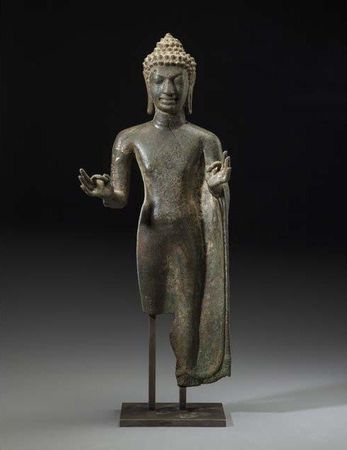
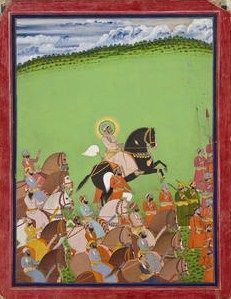
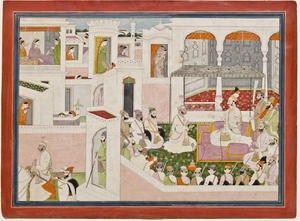
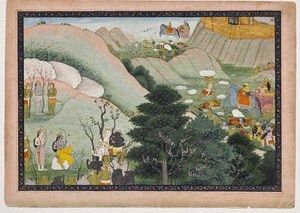
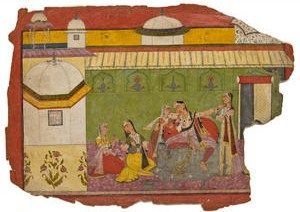
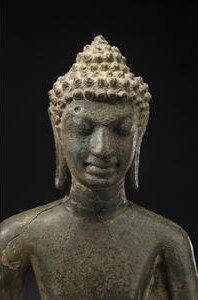
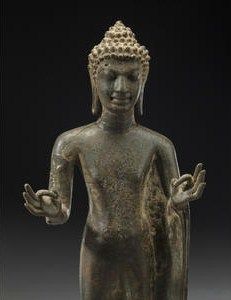


/image%2F1371349%2F20240417%2Fob_9708e8_telechargement.jpg)
/image%2F1371349%2F20240412%2Fob_032fb1_2024-nyr-22642-0928-000-a-rare-painted.jpg)
/http%3A%2F%2Fstorage.canalblog.com%2F37%2F38%2F119589%2F129773469_o.jpg)
/http%3A%2F%2Fstorage.canalblog.com%2F50%2F43%2F119589%2F129706599_o.jpg)